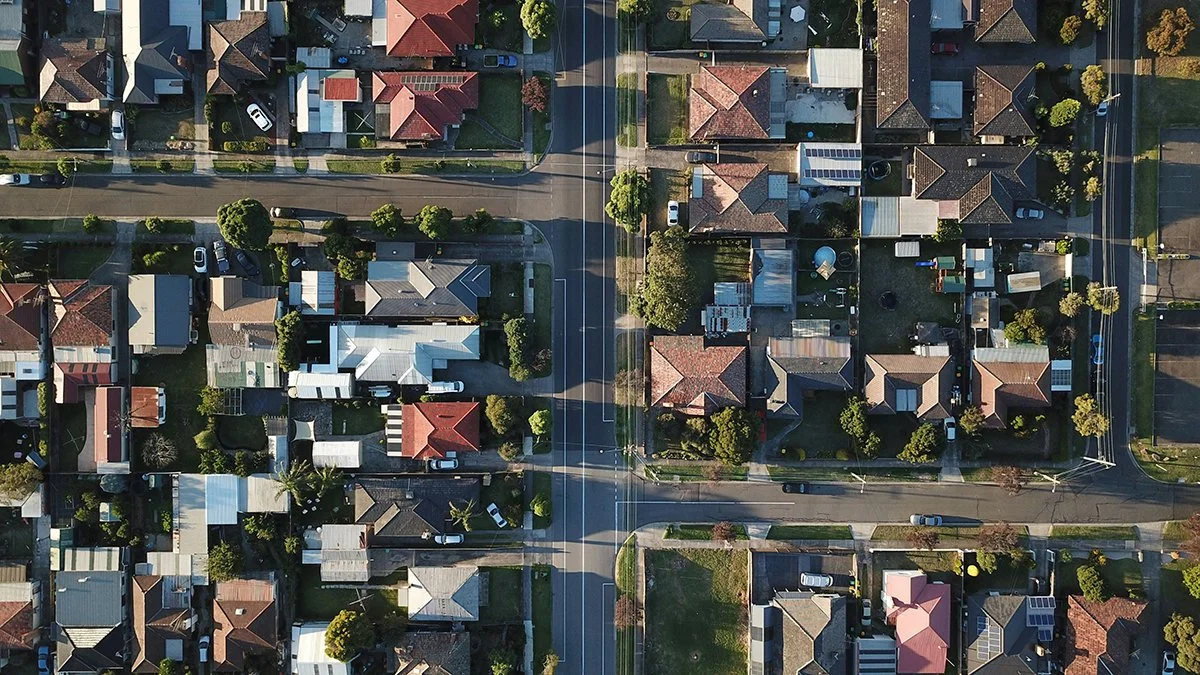Saving for a home: Budgeting tips for first-time buyers
Let’s be honest, saving for your first home isn’t easy. Prices keep climbing, rent eats into your savings, and homeownership can feel harder to achieve with every passing year. And when you factor in all the home-buying extras, such as stamp duty, conveyancing fees, and inspections, the total cost can start to feel overwhelming.
But for most Aussies, owning a home is more than just a goal — it’s a deeply rooted dream. A place to call your own, security for your future, and freedom to create the life you want. Unfortunately, that dream often feels distant or even unachievable.
That’s where New Leaf Home Loans can help. We help people and families take charge of their financial future with smart strategies and personalised advice. If you’re starting your homeownership journey, we’re here to help you plan it the right way, right from the start.
In this blog, we’ll walk you through practical steps for saving for a home, from calculating your deposit to creating a budget that sticks. You’ll learn about the hidden costs of buying a home, how much you need to save, and clever tips to grow your deposit faster.
How much do I need for a house deposit?
Before you start saving, it’s a good idea to figure out how much you’ll need. Many people get caught up in the house price but forget about the additional costs, such as stamp duty, conveyancing fees, inspections, and moving expenses.
Here’s a simple way to work it out:
Start with the estimated property price.
Add the estimated costs and fees.
Subtract the amount you can afford to borrow.
The remainder is your savings target.
A common goal is to save 20% of the home’s purchase price, plus enough to cover other upfront costs. Some lenders only require a 5% deposit but going in with less than 20% usually means you’ll need to pay Lenders Mortgage Insurance (LMI).
A bigger deposit means a smaller loan, lower monthly repayments, and fewer extra costs. It also shows lenders you’re serious and financially responsible, which increases your chances of getting approved.
What is Lenders Mortgage Insurance (LMI)?
Lenders Mortgage Insurance is a one-off insurance fee that protects your lender if you can’t repay the loan and they can’t recover their money.
If your loan-to-value ratio (LVR) is above 80%, you’ll usually need to pay LMI. This could be an extra $6,000 or more, depending on your deposit and loan size. You can either pay the fee upfront or add it to your loan. However, if you choose to add it, you’ll also incur interest on that amount.
LMI doesn’t protect you, it protects the lender. But, it can help you get into your first home sooner by allowing you to borrow with a smaller deposit.
One way to avoid paying Lenders Mortgage Insurance (LMI) is by using a family member, typically a parent, as a security guarantor. If all parties are in a strong financial position, this can be a viable strategy to help you secure a home loan without the added cost of LMI.
In some professions, like doctors, paramedics, accountants, and lawyers, lenders may waive the LMI premium. It’s always worth checking, as this could save you thousands.
What is Loan to Value Ratio (LVR)?
Your Loan to Value Ratio (LVR) is the amount you’re borrowing, divided by the value of the property you’re buying.
Let’s say you want to buy a $600,000 home and you’re borrowing $450,000. Your LVR would be 75%. The lower your LVR, the better. It means you’re borrowing less compared to the value of the home, and lenders love that. A lower LVR can help you.
Avoid paying LMI.
Access better interest rates.
Improve your chances of loan approval.
It all comes back to the same idea: the more you can save up front, the more options you’ll have when it comes time to buy.
What government schemes are available for first-time home buyers?
Home Guarantee Scheme (HGS): The HGS helps eligible buyers purchase a home with a deposit as low as 2–5%, with the government guaranteeing the rest so that you can avoid LMI.
First Home Guarantee (FHBG): This offer is available to first-time buyers purchasing with a 5% deposit.
Regional First Home Buyer Guarantee (RFHBG): For regional buyers with a 5% deposit.
Family Home Guarantee (FHG): For single parents or guardians with just a 2% deposit.
First Home Super Saver Scheme (FHSS): Allows you to save up to $50,000 in voluntary super contributions for a deposit, helping you save faster thanks to the tax benefits of super.
Help to Buy Scheme: A shared equity scheme for eligible buyers where the government contributes up to 40% of the cost of a new home or 30% of an existing one.
First Home Owner Grant (FHOG): Most states and territories offer a grant for first-home buyers, along with stamp duty concessions. The amounts and rules vary, so check your local government’s site for the most up-to-date info.
Should I save for a house or a unit?
If a house deposit still feels beyond your budget, it’s worth considering a unit or townhouse. Units tend to be much more affordable, and in many capital cities, the difference is nearly $300,000.
According to a 2023 study by Domain, opting for a unit can help you enter the market on average 1.5 years earlier. In cities like Sydney, Melbourne and Canberra, you could be buying over two years earlier.
If your goal is to get your foot in the door of the property market, starting with a unit might be the smarter, faster path. And you can always upgrade later on.
Budgeting tips for first-time home buyers
Know your borrowing power — Work with a broker or lender to find out how much you can borrow based on your income, expenses, and credit history. This gives you a clear savings target to work towards.
Track your income and expenses — Get honest with yourself. Review what’s coming in, what’s going out, and where your money’s going each month. This step helps you spot the leaks.
Create a budget you can stick to — Look at your spending habits and find areas to cut back, like takeaways, streaming subscriptions, and unnecessary shopping. But don’t be too hard on yourself. Budgeting should still leave room for the things that bring you joy. Use your pay cycle to set up a weekly, fortnightly or monthly budget, and don’t forget to include savings as a non-negotiable part of it.
Tackle your debt — If you have credit card debt, car loans, or personal loans, make a plan to start paying them down. The less debt you have, the more you’ll be able to borrow, and the less risk you’ll appear to lenders.
Set realistic goals — Saving for a deposit is a long game, so break your big goal into smaller chunks. Celebrate small wins along the way, and don’t let setbacks derail you. A realistic plan is far more sustainable than an all-or-nothing one.
Consider living changes — Rent is often the biggest roadblock. If possible, consider moving back in with family or adding a housemate to share the expenses. According to Flatmates.com.au, more Australians are turning to shared living to reduce costs, shaving years off their savings timeline.
Automate your savings — The easiest way to save is to set and forget. Set up an automatic transfer to a high-interest savings account on payday, or ask your employer to split your pay. That way, you don’t even have to think about it.
Find extra income — If cutting costs isn’t enough, look at ways to boost your income. Sell unwanted items online, take on freelance or casual work, walk dogs, start babysitting or become an Uber driver. Every bit helps.
Buying your first home doesn’t happen overnight, but with the right plan and support, it can become a reality. New Leaf Home Loans works with you to create a clear path forward — one that fits your lifestyle, your values, and your future goals.
Reach out to us and let’s make a financial plan that helps you stop renting and start owning.
Interested in better budgeting. We can help! Our self-paced online course helps you take control of your money, build a budget that works, and feel confident every day. It’s money know-how, made simple.



